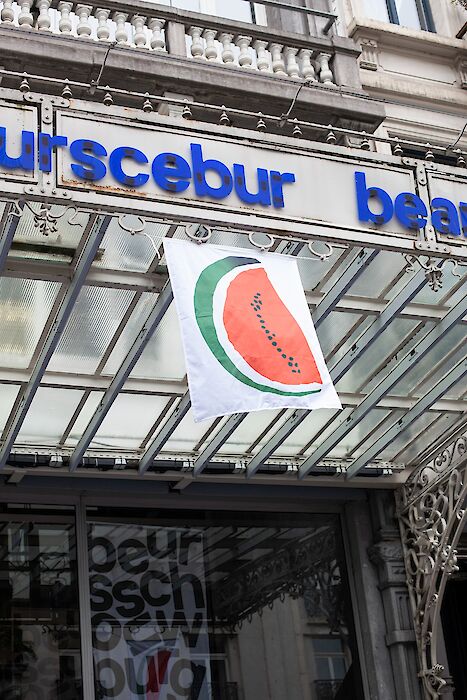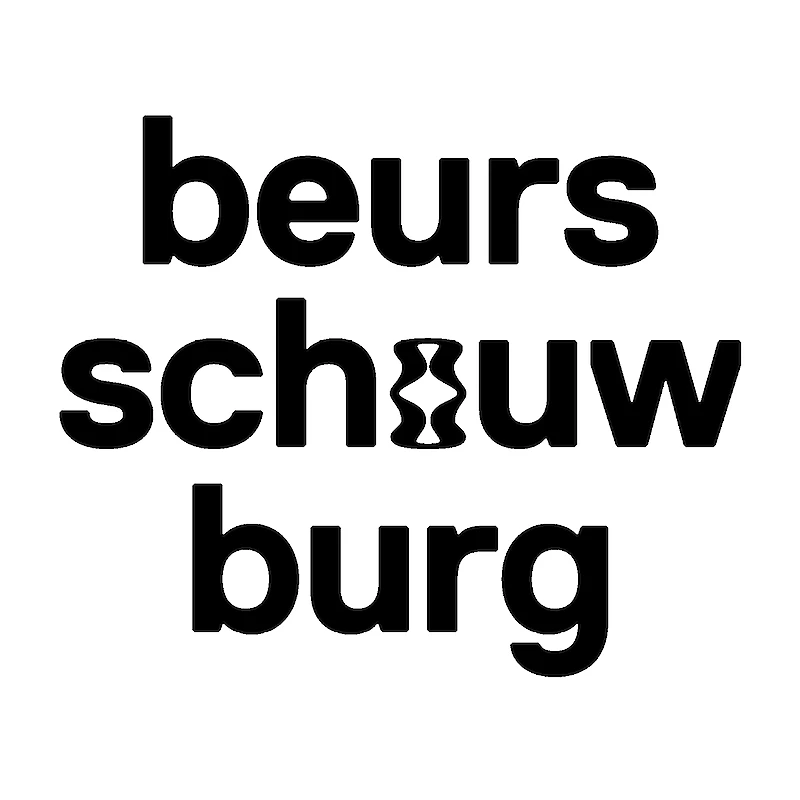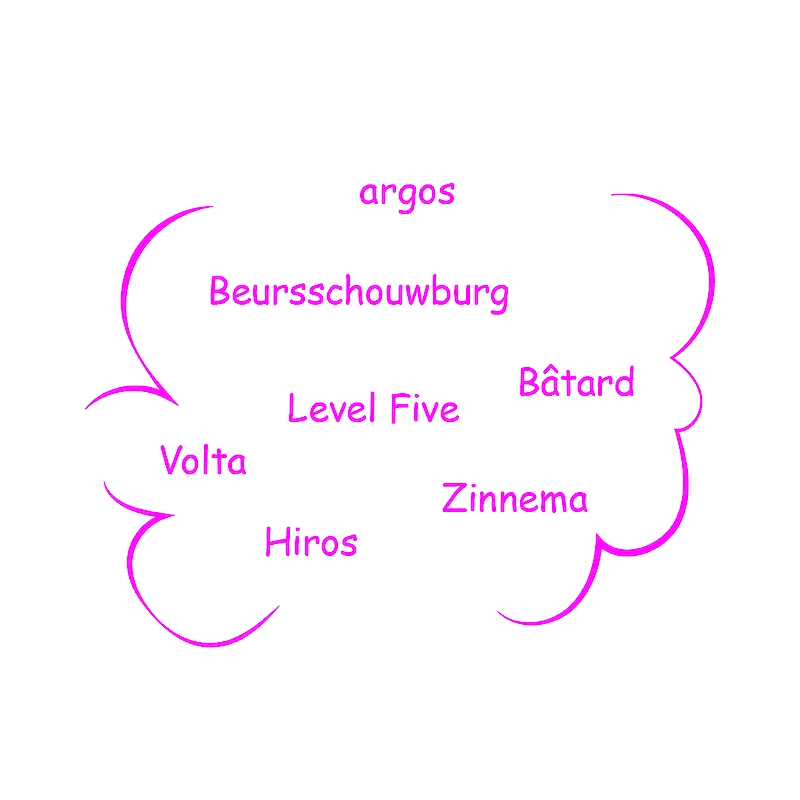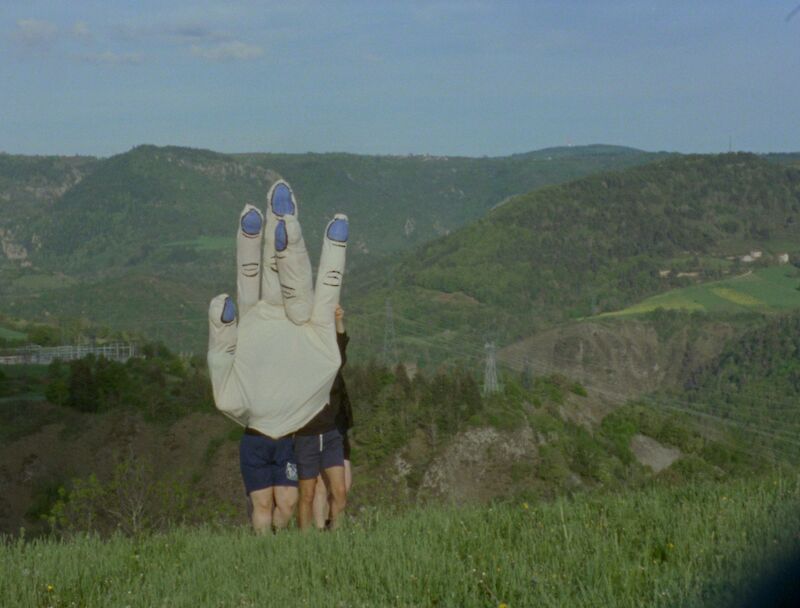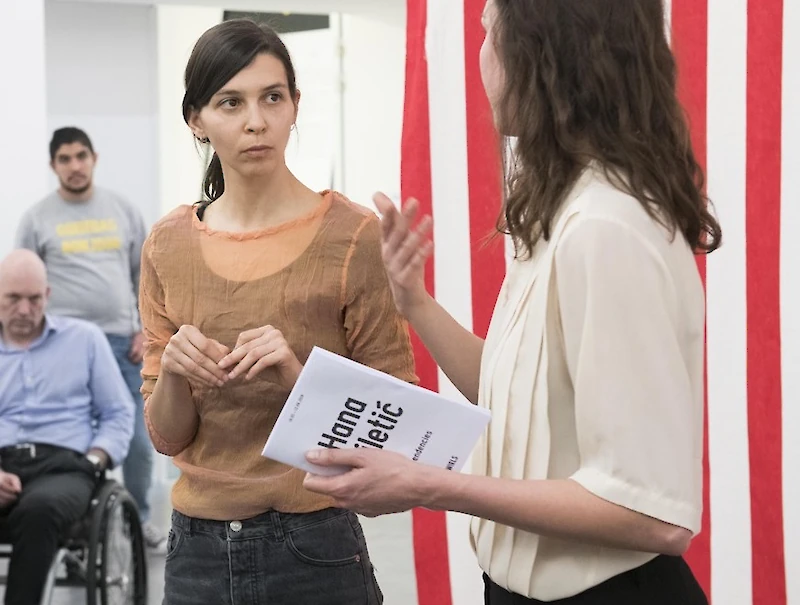Watermelons as a symbol of political protest for Palestinians.
text by Disarming Design: disarmingdesign.com/product/watermelon-flag/
Following the Six Day war in 1967, Israel made it a crime to raise a Palestinian flag — and the Israeli military forbade any visual material relating to it. It prohibited Palestinian artists from using even the colours of their flag: white, black, red and green. In 1980, Israeli forces arrested three artists at a gallery in Ramallah for violating this military order. To which artist Issam Badr responded: “Well if I paint a flower with these colours, what will you do?” And the officer responded: “It would be confiscated. Even if you do a watermelon it will be confiscated.” Then actually, the watermelon became a symbol of Palestinian resistance.
After the Oslo accords in 1993, the order was not completely revoked, neither has the Israeli occupation of Palestine ended. Artist Khaled Hourani borrowed from this officer the idea for the ‘Watermelon flag’, not to admire his ill imagination, but to commemorate the legacy of resistance to the prohibition of the Palestinian flag. Hourani originally made the design for the Subjective Atlas of Palestine in 2007, to then wave it at many exhibitions worldwide. During the 2021 Palestinian uprisings, the flag has been produced as an effective alternative flag, to wave until the occupation ends.
READ MORE
https://thepalestineproject.medium.com/watermelons-as-a-symbol-of-political-protest-for-palestinians-e8ad582d0026
https://www.thenationalnews.com/arts-culture/how-the-watermelon-became-a-symbol-of-palestinian-resistance-1.1230806
